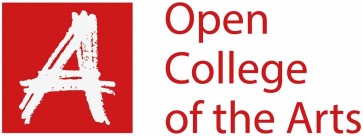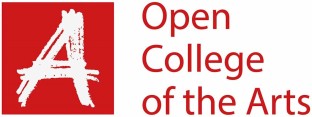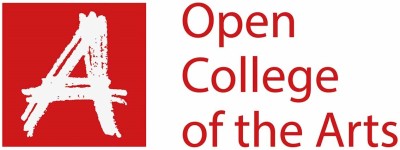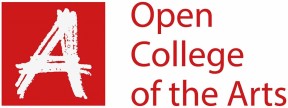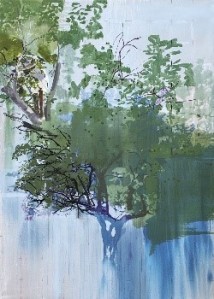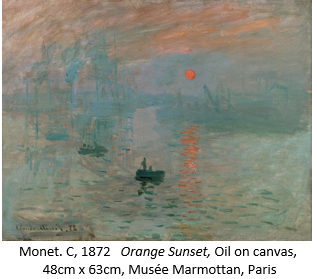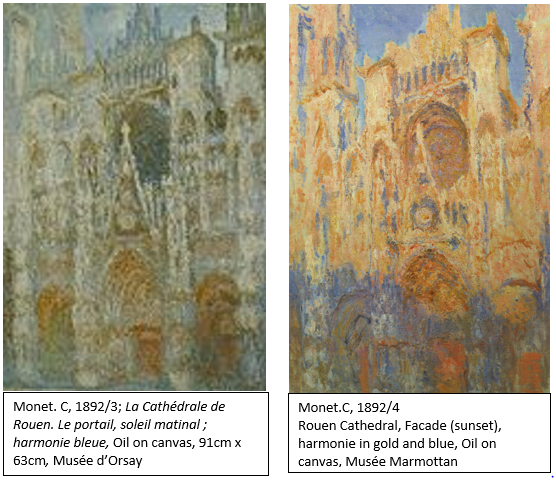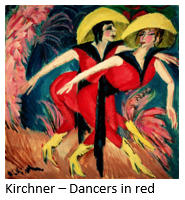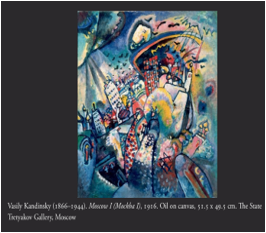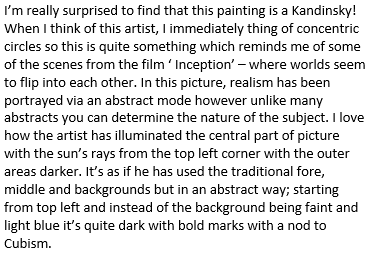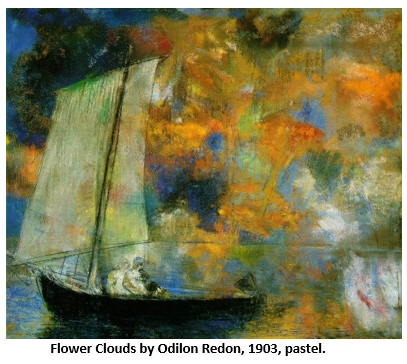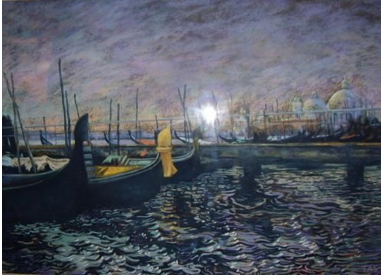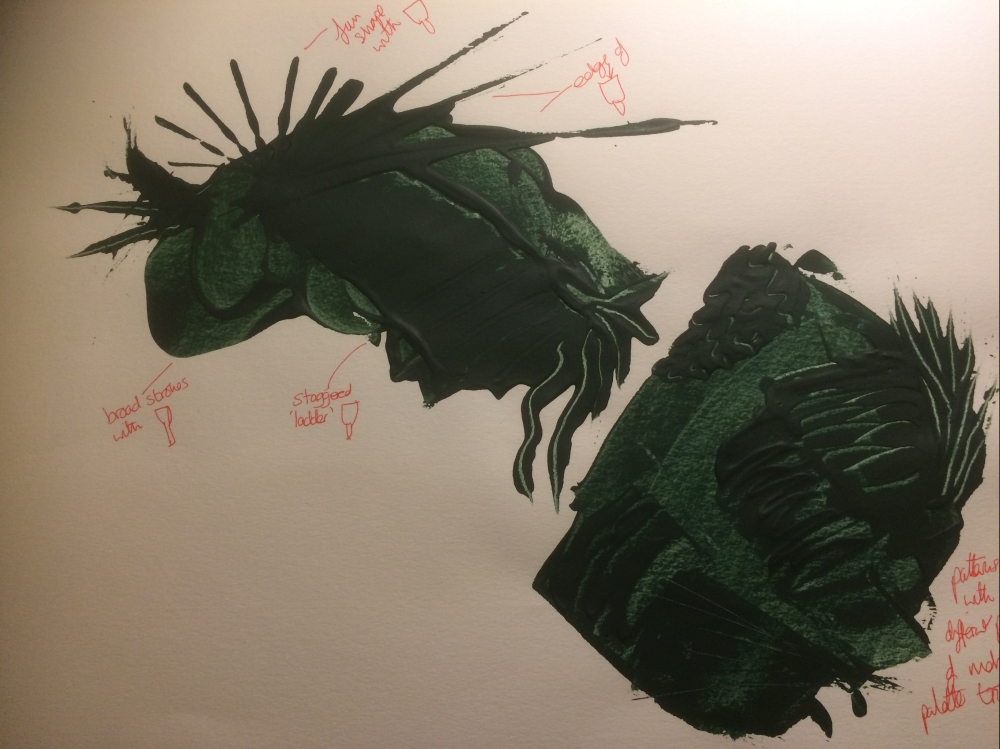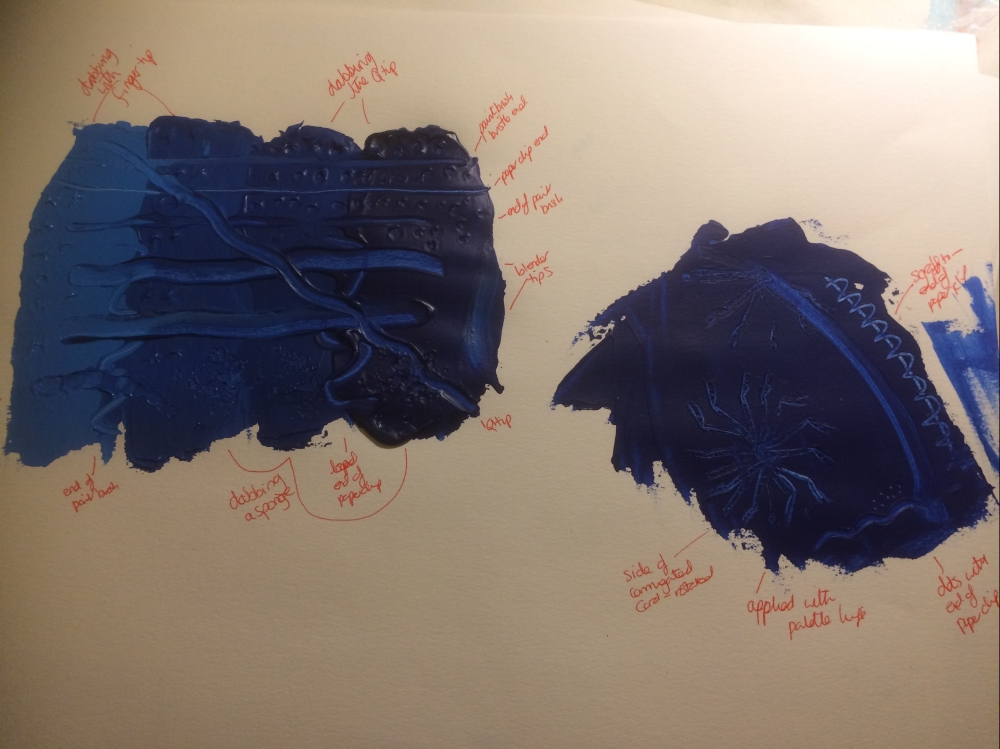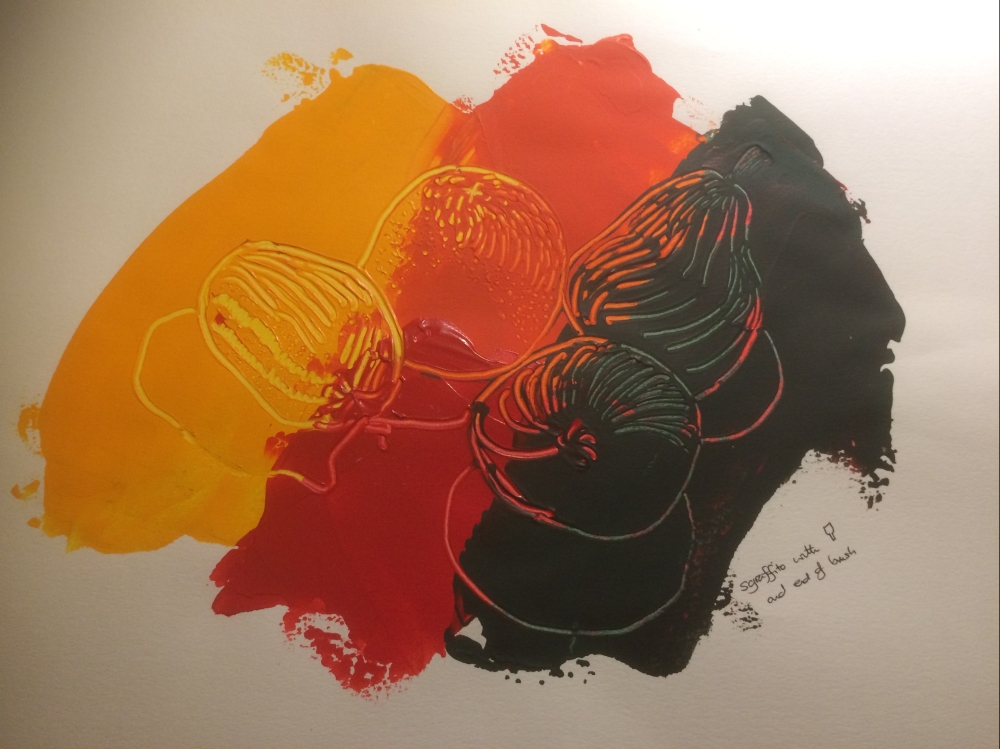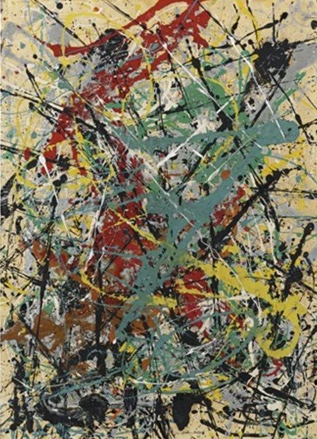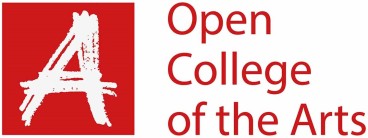
Tutor report
| Student name |
Ros Townsend |
Student number |
516187 |
| Course/Module |
Painting 1- the practice of painting |
Assignment number |
2 |
Overall Comments
You have completed all that was required of you in this second assignment.
You have many strengths which you must nurture. There are issues in each exercise which you must strengthen. I am sure you can deal with these issues by the final assignment.
You have worked hard and your work demonstrates this commitment.
Assessment potential (after Assignment 1)
(After Assignments 2)
Select one of the statements below:
*delete as appropriate
I understand your aim is to go for the Painting/Textiles/Creative Arts* Degree and that you plan to submit your work for assessment at the end of this course. From the work you have shown in this assignment, providing you commit yourself to the course, I believe you have the potential to succeed at assessment. In order to meet all the assessment criteria, there are certain areas you will need to focus on, which I will outline in my feedback.
You have confirmed your aim is for the degree. I do think that if your work progresses at the pace it has started off at you will be successful.
Feedback on assignment
Small painting on hardboard. (Drawing in paint)
The thumbnail sketch is A3 whereas the painting is virtually A5.
The thumbnail is not in the same proportion as the final painting and omits certain important issues such as background details and the enclosing of the design within a boundary. Thumbnail sketches should be smaller.
These points might seem rather trivial but for the assessors you do need to evidence your understanding of preparatory drawings and their importance in planning your final work. Frankly it is a very important pictorial issue which you must use with every exercise. It is so helpful and is a constructive stage to your work process. It is a devise that will help you in all your future designs so you have to take this on board.
All your final work must have accompanying preparatory sketches.
The composition of this small painting could have been more interesting. That horizontal and vertical arrangement is rather formal.
The ellipses are improving but there is still signs of a point at each side.
Objects do not have one particular color. As soon as you place a form between other forms –their color changes. They take on the hues and tones of adjacent objects- light and dark reveals other colors emerging. The green jug would have affected the red glass because the two objects are so close. The background is rather dull and attention should have been made to create a more effective composition.
I would advise you not to use black – use the complementary of each color. The impressionists thought there was no black in nature. You have used black in a generalized way to depict the shadows of all the forms.
The shadows would have not been one color- do observe these differences more.
You need to look more- observe more. You need to break down the objects- thoroughly investigate the colors and tones that make up one object.
I know that you have been instructed to use white as the lightest tone in your final exercise but the most important issue at the moment is to be able to mix many tones.
The sun flowers.
You have really looked inside the objects and found texture and patterns. You have really observed the edges of the flowers which do reflect the texture of the object. You have broken down the background to investigate different hues. You seemed to have been looser with your brush strokes and created movement and liveliness.
The vase reads as a flat object- more attention could have been given to this.
This painting has much potential.
The oil pastille and white spirit.
A good experiment.
Your negative image is good – but you have the ability to take on a far more complex arrangement. I would have liked to have seen you push yourself to demonstrate this ability.
The brown monotone
Good you have understood the exercise. You have investigated the inside of the round fruit but their hard edge flattens them. Look at edges more.
The painting with bananas and a hard brown background.
This is adventurous arrangement. Joining up quite rounded forms with that flat background. This arrangement and mixtures of styles could have been exploited. Again though – not enough looking at the objects – not enough tones patterns – textures.
Still life with natural object.
Good- you have stretched yourself and evidenced the standard of work that you can achieve. Well- done.
You have seen the background and the foreground as one design- uniting the two elements. You seem to have thought of them as one entity.
You have worked hard to investigate surface texture- to achieve a feeling of solidity to the fruit and overall a three dimensional depth to the composition.
The background however is rather oppressive and could have been less strong and lightened up.
Still life with complementary colors.
The forms are strong. Again the composition is rather unimaginative. Do be more creative with your compositions.
Still life to evoke color.
I would have liked to have seen a more adventurous composition without that parallel line separating the height from the width. You are capable of creating a more complex arrangement that would really push you. Do stretch yourself to create more complex compositions.
Still life to evoke mood 2.
You should have included the background which would have played a great part in the depiction of mood. You must get into the habit of taking into account the whole surface. Spaces in between your objects are just as important as the objects themselves and must be designed with the same attention. That bright yellow background reads as completely separate from the objects. The objects are well constructed- ellipses good – solidity and three dimensional quality good.
Indoor painting.
A good complex well balanced composition. I would have liked to have seen the view through the door- it would have given the composition more interest.
You have used black to show the shadow of the yellow wall. That is why the shadow is green. Black contains a lot of blue. If you had used a purple /mauve color with the yellow – your shadow would have been much more accurate and it would have worked better with the rest of the colors.
Do look for more tones. I would have liked you to have continued with this painting- to define the forms in the foreground and to be more accurate with the light and dark.
The painting with two jars.
This is a more complex composition. I think it needs something of interest in the middle. One jar is at the left hand side of the painting and the other reads as the right hand side of the painting.
I see your photo of this arrangement in your blog. It is a beautiful arrangement which has been altered in your final painting.
This is where preparatory drawings are important. The arrangement is well balanced and very harmonious in the photo. Small details such as the left hand jar is much nearer the top of the photo- whereas in the painting there is a greater gap there. These small details are important. I think you could have experimented more with the arrangement.
The photo is serene- warm and the lighting is subtle.
A quite hard challenge to marry the vast empty space of the box and the very delicate patterns on the jars and the flower.
However I do like the angle of the box as it breaks the surface of the paper and brings depth to the painting.
Again do look for reflected color and reflected light. It would have brought other tones into that heavy blue box for example.
I wonder if you would have seen that decoration on the jars as clearly as you depicted them. Did you paint what you saw or what you knew was there? I do not think they could have been seen so perfectly- only you know that though!
Did you use just complementary colors? Again the use of black has made the shadow of the left jar green.
All in all you’re drawing is progressing well. Your forms are stronger- ellipses well drawn – you stress thickness by drawing the rims of objects. You have started to investigate the inside of objects to discover how they are constructed. You break up forms to look for patterns and textures.
You must now take your investigations further. You must push yourself to experiment more – your confidence must be growing now so there is no reason you do not explore out of your comfort zone. You must produce more intense painting investigating and observing more.
The interiors of your house.
These are good and varied. Do use more media and alter your angle of viewing- some looking up- other drawings looking down.
Sketchbooks
Your pen work is good. You have some really lovely sketches in your book. Try to vary your pen movements. You tend to draw round cylindrical objects- following the curves with curves of your pen. Try to loosen your pen marks and sketch with a more varied marks.
The sketches of the abbey are sensitive and subtle. Well- done.
You must sketch more. – Every day. You need to build up resources. You need to demonstrate your own personal voice – evidence your own research other than the exercises that the OCA demands.
Experiment more in your books- try collage- try constructing images with newsprint- cut out forms from magazines. Use a greater variety of media.
Learning Logs or Blogs/Critical essays
These are honest and well written. It is obvious that you are a committed student who is intent on developing skills and creativity.
Suggested reading/viewing
Have a look at the work of Patrick Caulfield.
Have a look at the work of the impressionists.
Try and get a basic book on color. Do continue to research other artists.
Pointers for the next assignment
This is the first assignment which counts towards the assessment. My review is tougher than the first- but it has to be. Do not send the large drawings for your third assignment. You must begin anew and deal with this painting module as a separate kind of learning.
Do not send drawings rolled up- it is perceived as bad practice and is not really professional. It does damage work- which is the important thing. I have made a kind of a folder to return your work in as I said your wrapping broke.
The next assignment deals with the figure and portraits. It would be a good idea to get hold of a sitter – a friend or family member.
I would like to see more sketching in your books and you must take on all the issues that I have brought to your attention.
However you have worked well and your work has progressed. Do keep it up.
| Tutor name |
Hilary Beauchamp |
| Date |
9th August 2017 |
| Next assignment due |
November 10th 2017 |
